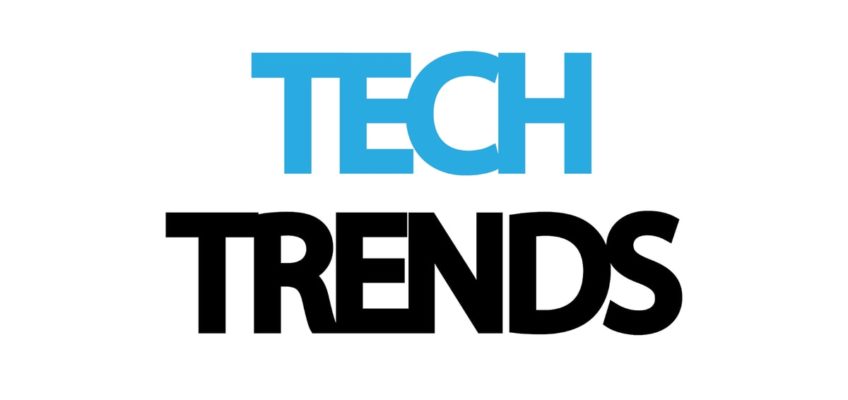The Leonardo DiCaprio Foundation & National Geographic are working with Intel to protect animals with a new AI Camera.
Non-profit RESOLVE’s new TrailGuard AI camera uses Intel-powered artificial intelligence (AI) technology to detect poachers entering Africa’s wildlife reserves and alert park rangers in near real-time so poachers can be stopped before killing endangered animals. TrailGuard AI builds on anti-poaching prototypes funded by Leonardo Dicaprio Foundation and National Geographic Society.
By pairing AI technology with human decision-makers, we can solve some of our greatest challenges, including illegal poaching of endangered animals Share on X”By pairing AI technology with human decision-makers, we can solve some of our greatest challenges, including illegal poaching of endangered animals. With TrailGuard AI, Intel’s Movidius technology enables the camera to capture suspected poacher images and alerts park rangers, who will ultimately decide the most appropriate response.” Explained Anna Bethke, head of AI for Social Good at Intel Corporation

How It Works
TrailGuard AI uses Intel® Movidius® Vision Processing Units (VPUs) for image processing, running deep neural network algorithms for object detection and image classification inside the camera. If humans are detected among any of the motion-activated images captured by the camera, it triggers electronic alerts to park personnel so they can mobilize rangers before poachers can do harm.
If humans are detected among any of the motion-activated images captured by the camera, it triggers electronic alerts to park personnel so they can mobilize rangers before poachers can do harm Share on X
Why It’s Important
According to RESOLVE, an elephant is killed every 15 minutes by a poacher, at a rate of approximately 35,000 elephants per year. In a decade, experts predict there won’t be any more elephants. Rhinos, gorillas, tigers and other large mammals are also in danger from poachers, as are giraffes, antelopes and wildebeest that are often caught in poachers’ snares.
An elephant is killed every 15 minutes by a poacher, at a rate of approximately 35,000 elephants per year. In a decade, experts predict there won’t be any more elephants Share on X“Reckless human activity is causing species loss and extinction on an unprecedented scale, with recent reports showing that as many as 60% of all wildlife has been wiped out since 1970. If illegal poaching of wildlife continues at the current rate, elephants are just one of the large mammal species that will be completely erased in our lifetime,” said Justin Winters, executive director, Leonardo DiCaprio Foundation, which provided critical funding for prototypes and is working to support broad-based deployment of these systems into the wild. “A commitment to protecting wildlife has been at the heart of LDF’s work from the beginning and we are excited to collaborate with Intel and RESOLVE on this breakthrough AI technology, which is set to be a game-changer for park rangers in the monitoring and management of endangered species around the world.”
How It’s Different
TrailGuard AI uses deep neural network algorithms that allow the device to recognize humans and vehicles with a high degree of accuracy. TrailGuard AI builds upon the success of RESOLVE’s first-generation TrailGuard camera deployed in protected reserves that alerts rangers any time it detects motion. With the first-generation camera, rangers receive many photos that they had to manually review to determine if there is a poaching threat or a false-positive triggered by other motion. By adding an additional layer of AI into the system, TrailGuard AI intelligently knows when a potential poacher is present, allowing park rangers to rapidly intercept and apprehend. TrailGuard AI is powered by the tiny yet powerful Intel® Movidius™ Myriad™ 2 Vision Processing Unit (VPU), which delivers visual intelligence to the camera itself, resulting in several important benefits.
TrailGuard AI uses deep neural network algorithms that allow the device to recognize humans and vehicles with a high degree of accuracy Share on XLimited false-positives
Instead of alerting the rangers anytime there is motion in front of the camera, including from shifting cloud cover, birds and animals, TrailGuard AI only sends images to the rangers when a person or vehicle is detected. Limited false-positives means rangers have more time to focus on their work, instead of spending their time looking through hundreds of false alerts each day.
Long battery life
The Intel Movidius VPU powers all of TrailGuard AI’s processing needs – from wake-on-motion to image processing to AI inference to communication protocols—all while running at very low power. It is designed to perform in the wild for up to 1.5 years without depleting the battery. This is a great improvement over the original TrailGuard that has a separate computing unit requiring rangers undertake the time-consuming and often dangerous task of field maintenance every four to six weeks. TrailGuard AI’s long battery life also means less foot-traffic around the hidden cameras, which could alert poachers to their location.
TrailGuard AI’s long battery life also means less foot-traffic around the hidden cameras, which could alert poachers to their location Share on X
Small in size
Due to the minuscule size of the Intel Movidius VPU, TrailGuard AI is about the size of a pencil and easier to hide and camouflage from poachers and wild animals.
The Intel Movidius VPU allowed us to revolutionize TrailGuard AI by adding artificial intelligence to a proven end-to-end solution to stop illegal poaching around the world Share on X“The Intel Movidius VPU allowed us to revolutionize TrailGuard AI by adding artificial intelligence to a proven end-to-end solution to stop illegal poaching around the world,” said Eric Dinerstein, director of biodiversity and wildlife at RESOLVE. “In addition to providing the AI technology, Intel engineers worked closely with us to build, test and optimize this incredible anti-poaching solution that will make a real difference in saving animals.”

Where TrailGuard AI is Deployed
In partnership with the National Geographic Society, Leonardo DiCaprio Foundation and others, TrailGuard AI will be deployed in 100 reserves in Africa throughout 2019, starting with Serengeti and Garamba, with plans to expand to Southeast Asia and South America.
This collaboration is critical to accelerating conservation and working toward our mission of achieving a planet in balance Share on X“Edge computing technology has the power to revolutionize the way we understand and protect our natural heritage,” said Dr. Fabien Laurier, vice president of National Geographic Labs. “National Geographic is excited to work with Intel on TrailGuard AI and deploy these anti-poaching systems throughout Africa. This collaboration is critical to accelerating conservation and working toward our mission of achieving a planet in balance.”
Find more info here: Fighting Illegal Poaching with a Purpose-Built AI Camera ( case study) | RESOLVE | Artificial Intelligence at Intel and let’s hope technology can help us preserve wildlife for future generations.









